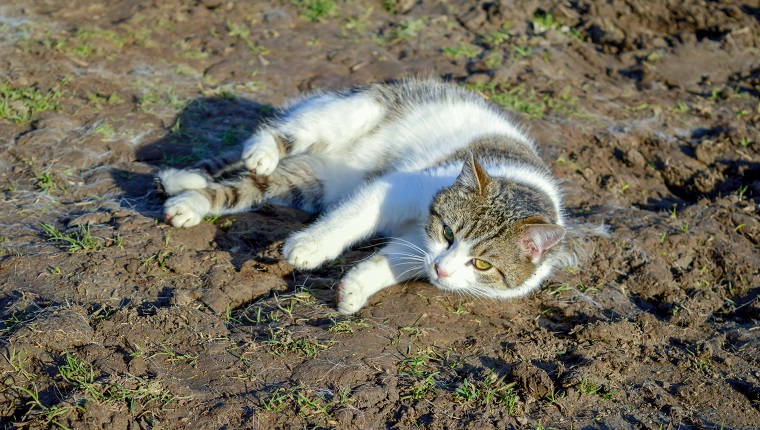Blastomycosis in cats is a disease that can be potentially deadly for your feline. Cats can pick it up when they’re around damp soil that contains mold. It’s considered a non-contagious disease, but it can have severe consequences for cats.
Common symptoms to look out for include coughing and difficulties breathing, along with a fever. If you see the signs in your cat, then you must consult your veterinarian right away so they can treat it.
Here’s what you should know about the symptoms, causes, and treatments for blastomycosis in cats.
Symptoms Of Blastomycosis In Cats
Symptoms of blastomycosis in cats often relate to the respiratory system, but they can vary depending on where exactly the infection has spread to. Because some of the symptoms also appear with other conditions, it’s always important to consult a vet for a correct diagnosis.
Here are some of the common symptoms that might appear in cats who suffer from blastomycosis:
- Coughing
- Breathing difficulties
- Fever
- Appetite loss
- Weight loss
- Skin diseases
- Blindness or eye issues
Causes of Blastomycosis In Cats
Blastomycosis in cats is caused when a feline inhales a fungus called blastomyces dermatitidis that can be present in damp soil.
After that, the fungus spreads to the lungs and, if left untreated, other parts of the body.
The fungus is usually found in soil that is around lakes and swamps and it is most commonly found in the states of Missouri, Mississippi, Tennessee, and Ohio.
Treatments For Blastomycosis In Cats
The most common way to treat blastomycosis in cats is via an anti-fungal drug. This is usually taken orally; although in more pressing cases, your vet might administer the drug intravenously.
Beyond drugs, your vet may also give you further instructions to monitor your cat while they recover.
Have you ever had a cat who suffered from blastomycosis? How did your vet help you treat your cat? Let us know in the comments section below.




